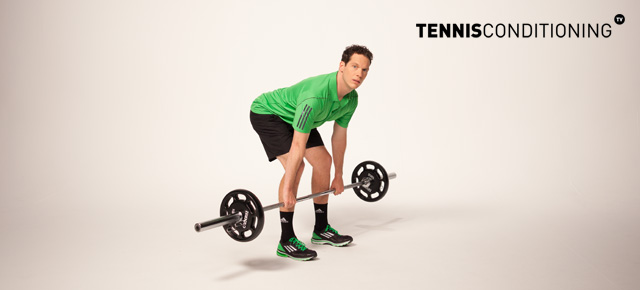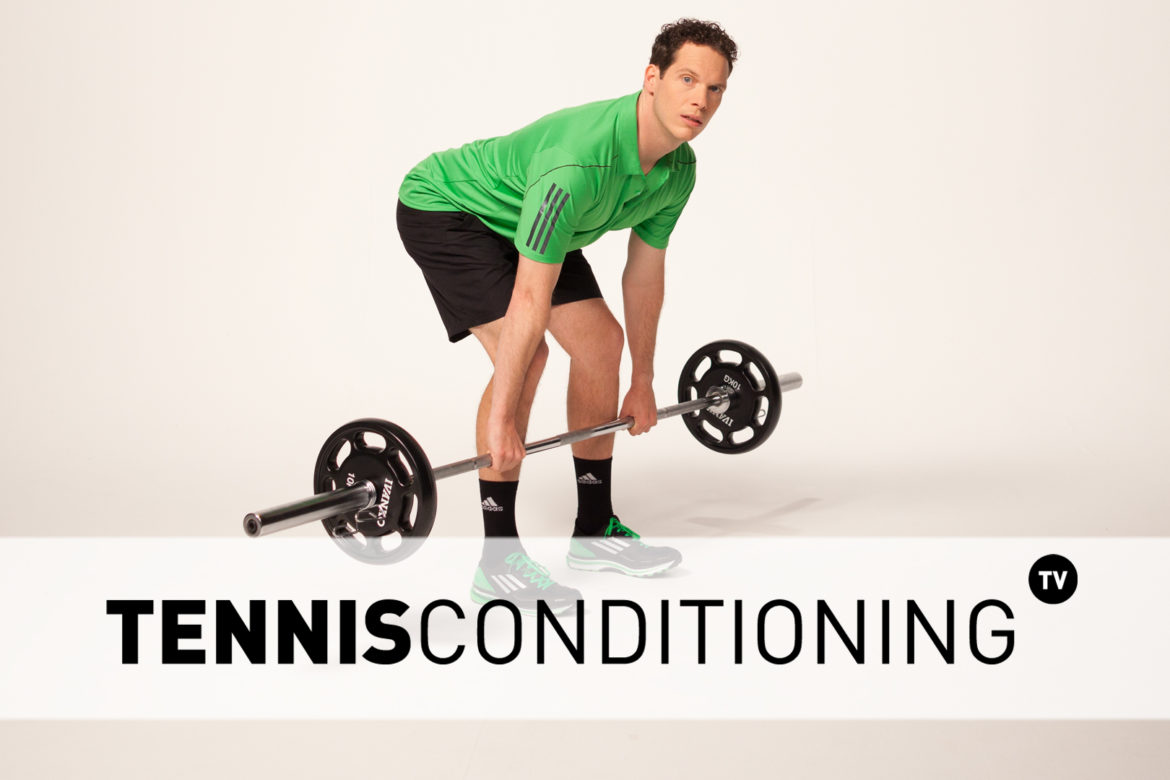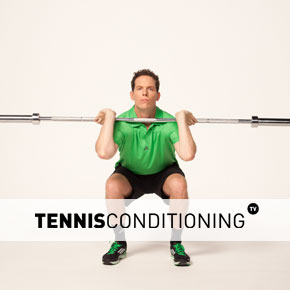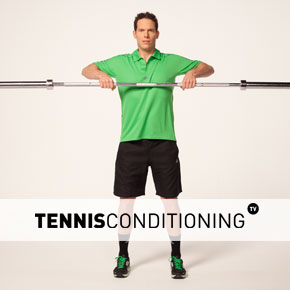The RDL to High Receive is a compound resistance training exercise to improve the synergy of the neuromuscular system, explosive hip extension and strengthen the hip- and trunk extensors.
Since the RDL to High Receive is a free-weight exercise activating numerous muscle groups simultaneously we can improve kinetic chain efficiency, body control and coordination.
Because the RDL to High Receive is an essential component of the Olympic lifts we use to enhance transfer of energy and hence athletic ability we recommend implementing the RDL to High Receive into later training phases, such as the integrated strength/power phase.
If you want to become proficient in Olympic weightlifting, use the integrated periodization model for programming.
Learn how to calculate appropriate training phase intensities download chapter 6 – Strength & Conditioning: Resistance Training for Athletes.
How to Progress
If you use additional weights…make sure you use appropriate resistance so you can control the action throughout the entire range of motion. Otherwise you defeat the purpose of the exercise.
Very often, people use too much resistance and they become sloppy. Especially when it comes to maintaining core stability repetitively.
Also, don’t just progress with adding more weight. First, maximize the speed while maintaining perfect form.
RDL to High Receive Description

- Position barbell on the rack; add resistance (plates) and attach safety clips; place barbell on the ground
- Take an athletic stance; stand straight, feet are shoulder-width apart; knees slightly flexed; toes point slightly outward (10˚-20˚)
- Use a pronated grip (palms facing down) and place hands just wider than shoulder-width on the bar; take barbell off the rack; stand up straight
- First flex hips (~45˚) to 90˚ (or as far as possible) without additional knee flexion; distribute weight through the heels; keep knees inside shoulders; maintain neutral spine position (push chest out and scapulae [shoulder blades] together; maintain neutral head position [look forward])
- Extend the hips while maintaining neutral spine position
- Once barbell moves past the knees 2nd pulling phase occurs; explosively extend the hips and simultaneously jump vertical (plantar flexion) while shrugging the shoulders and flexing the elbows while abducting shoulders to 90˚ (upright row); barbell remains close to the body and reaches sternum (~ nipple) level; elbows point sideways
- When barbell is at sternum level, flip the wrists (wrist extension), internally rotate and flex elbows under the bar, and receive the barbell on top of the chest; shoulder is flexed at 90˚; elbows are flexed and pointing forward; maintain neutral spine and head position
RDL to High Receive Targeted Musculature
- Hamstrings
- Erector Spinae
- Calves (gastrocnemius & soleus)
- Trapezius
- Deltoid
Training Zone
Following we provide you with some exercises you can use to optimize your training.
Learn more about the purpose of weightlifting for tennis players.
Before you use the RDL to High Receive you should have been doing the:
during the preparation- and hypertrophy training phases to become proficient with the exercise and improve strength.
This allows you to progress into more explosive exercises and become a powerful tennis player.
Next we provide you with some more workouts and training tips you may be interested in to optimize your training:




